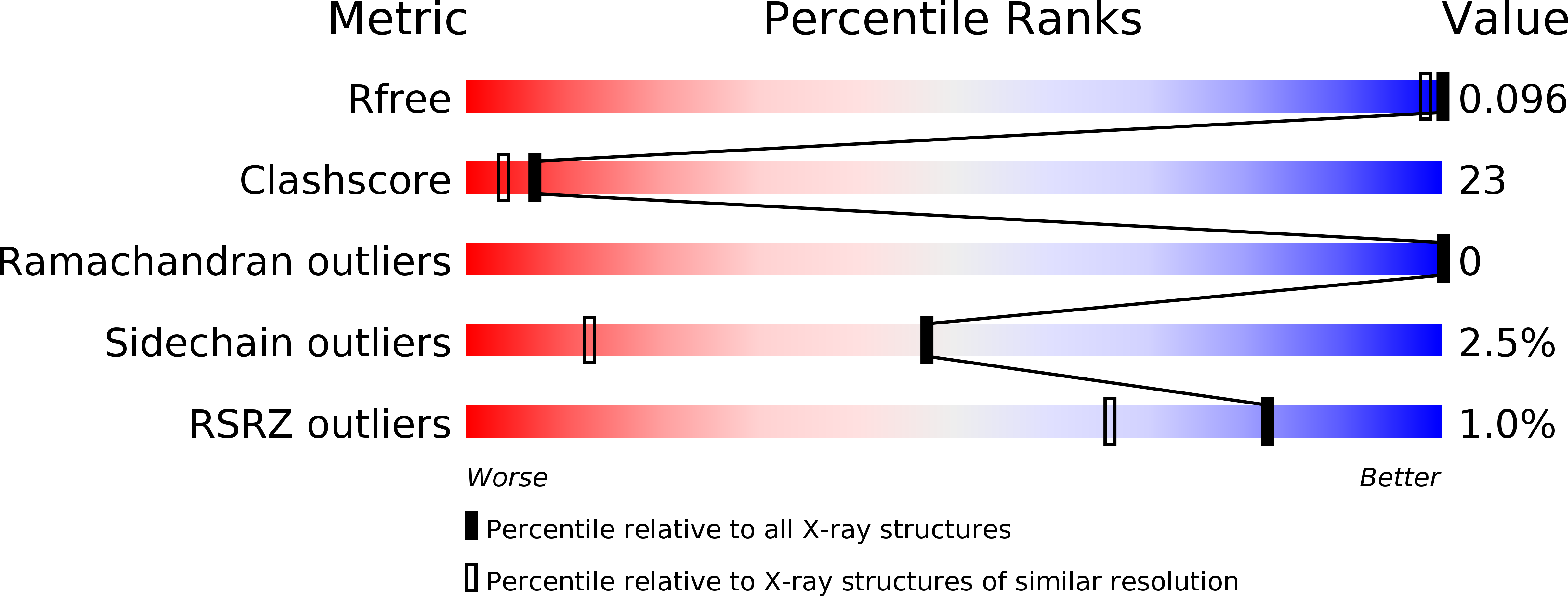
Deposition Date
2011-11-04
Release Date
2011-12-07
Last Version Date
2024-02-28
Method Details:
Experimental Method:
Resolution:
0.80 Å
R-Value Free:
0.09
R-Value Work:
0.09
R-Value Observed:
0.09
Space Group:
P 21 21 21


